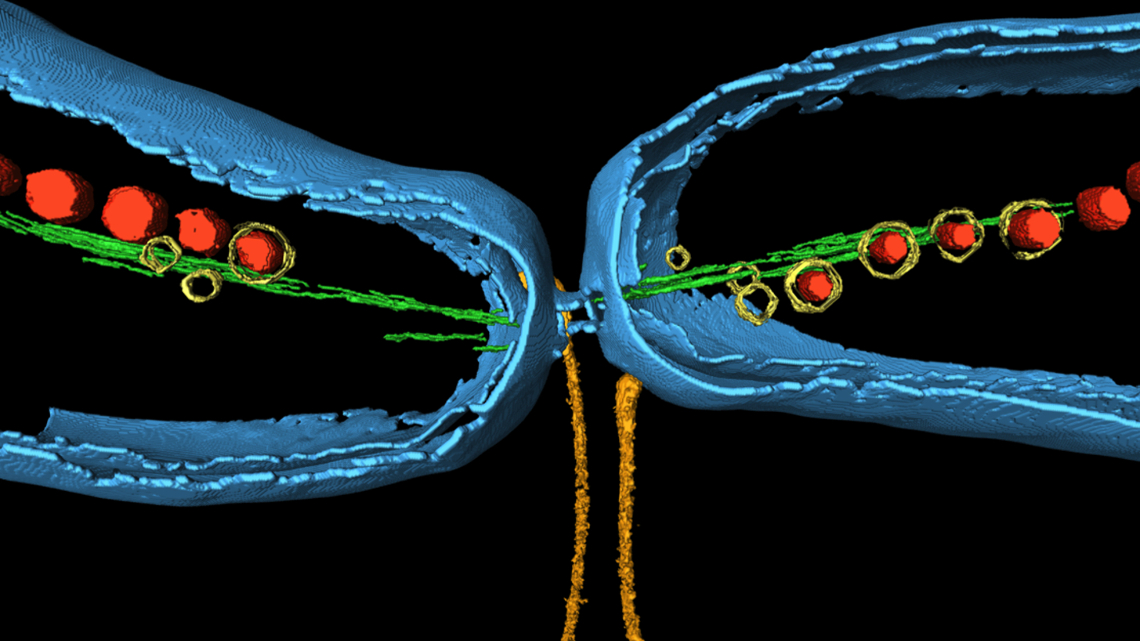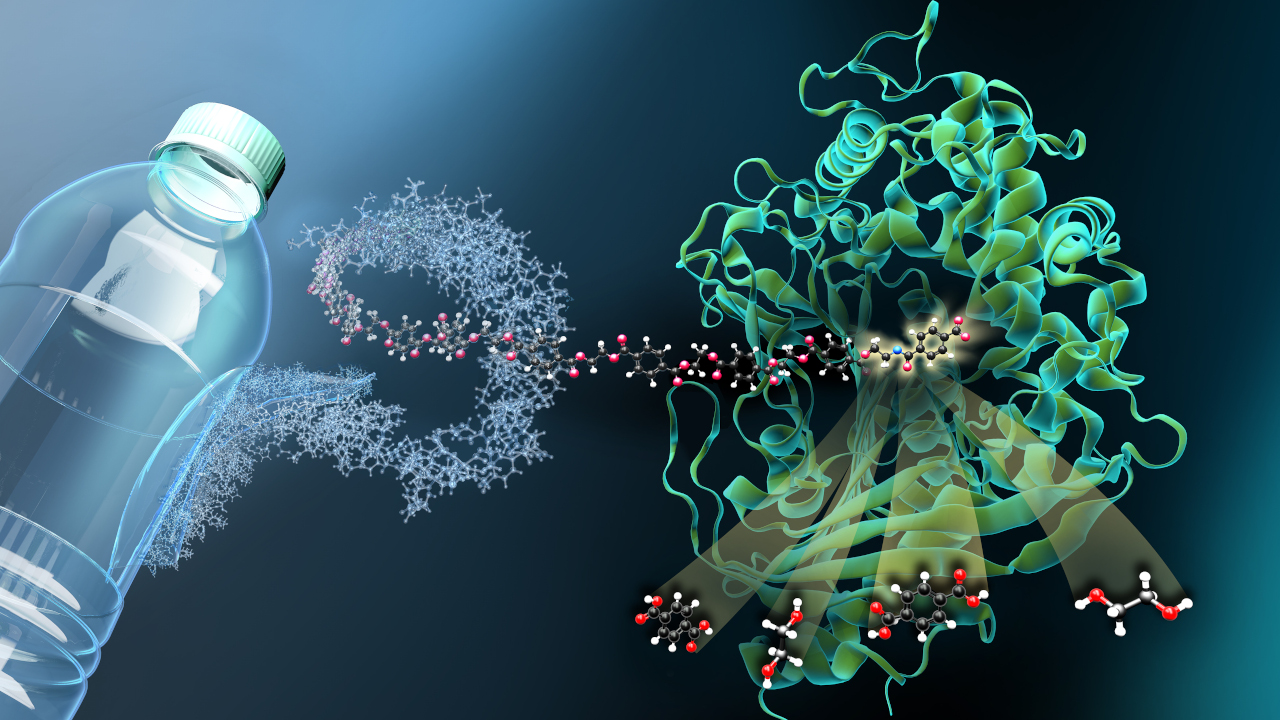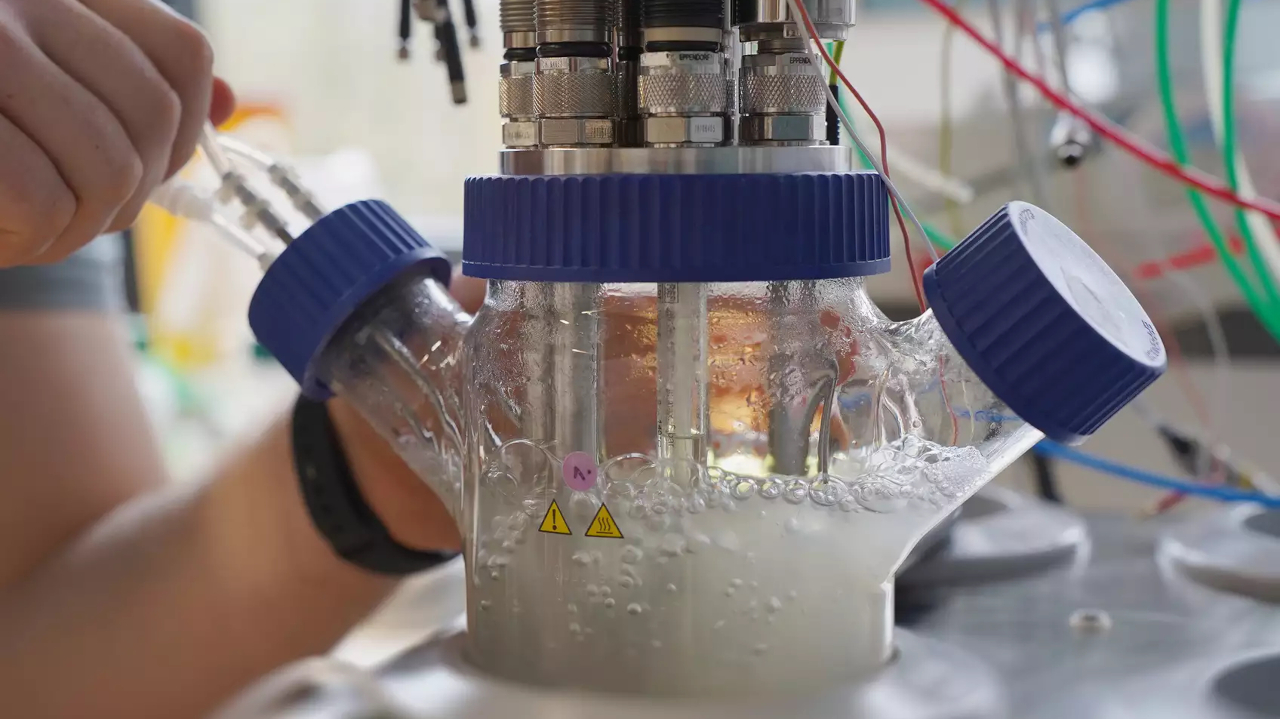Microbe of the year goes to Magnetospirillum
Due to its magnetic properties, the microbial species Magnetospirillum has enormous potential for biotechnological applications and was voted Microbe of the Year 2019.

Microorganisms are used in and for many biotechnological processes, including the production of chemicals and drugs. They offer a sustainable and often more efficient alternative to processes that were previously mostly fossil-based. In order to draw attention to the diversity of microbes and their enormous potential for many different applications, the members of the Association for General and Applied Microbiology (VAAM) elect the "Microbe of the Year" every year. For 2019, they have chosen the species of Magnetospirillum.
Microbes orient themselves via oxygen sensors and magnetic fields
Magnetospirillum was first discovered in 1963 by the Italian Salvatore Bellini. The microbe lives in puddles and oceans, mainly in deeper and low-on-oxygen sediment layers. As the name suggests, they are bacteria with magnetic properties: by aligning themselves with the earth's magnetic field and using an oxygen sensor, they find their way to their preferred sediment layers. In 1990, Dirk Schüler, then a student in Greifswald and now a professor at the University of Bayreuth, isolated the previously largely unknown bacterium from the mud of a river. The timing was very important: "At the same time, the fall of the Berlin Wall proved to be a lucky coincidence: In the Munich laboratory of Karl-Heinz Schleifer and Rudolf Amann, we used modern methods to study the newly discovered bacterium. It gave its name to the species Magnetospirillum," said Schüler.
Bacteria absorb iron from the environment
The bacteria have now been studied in detail and are an important model organism for the formation of bacterial organelles. Their magnetic properties are based on chains of magnetic crystals in the middle of the bacterial cells. These crystals align themselves like a compass needle. They are formed with the help of special enzymes that transport iron ions from the environment into the bacterial cell. As a result, chains of 15 to 30 iron oxide crystals are formed that - once combined - act like a magnet.
Large application potential for biotechnology and biomedicine
For biotechnology and medicine, Magnetospirillum offers countless possible applications, because the tiny magnets are uniform in size and shape and possess a high magnetization that synthetically produced nanoparticles cannot achieve. These microbes are therefore extremely interesting as contrast agents for magnetic resonance imaging (MRI), but also for other imaging procedures and medical diagnostics. Moreover, in animal experiments, magnetosomes have already been used to reduce the size of tumours.
The complete biosynthetic pathway of magnetospirillum has also been deciphered and has already been successfully transferred to foreign bacteria. According to the students, the size, shape and magnetization of the microbes can be genetically modified as required. "We use foreign genes to induce bacteria to produce magnetic particles with new properties: interesting enzyme activities, antibodies or larger ordered magnetic structures," said Schüler. These are of great interest for technical or biomedical applications. Another possible application is in so-called microrobots, in which the magnetic microbes are loaded with drugs and then directed to the desired site of action in the body.
jmr


